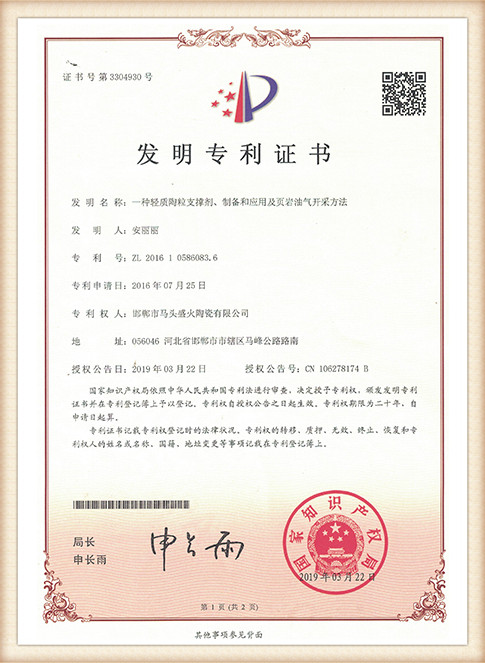Investment Casting and the Role of Sand A Comprehensive Overview
Investment casting is a sophisticated manufacturing process that is ideal for producing complex metal parts with precision. Unlike traditional casting methods, investment casting allows for the creation of intricate geometries with tight tolerances and superior surface finishes. One of the key components of this process is the use of specially formulated sand, which plays a vital role in the success of the casting operation.
What is Investment Casting?
Investment casting, often referred to as lost-wax casting, involves creating a wax pattern that is coated with a ceramic shell. Once the shell is hardened, the wax is melted away, leaving a cavity that is then filled with molten metal. This method is especially beneficial for small to medium-sized production runs of intricate components found in industries such as aerospace, automotive, and medical devices.
The Importance of Sand in Investment Casting
While the traditional investment casting process primarily revolves around the wax pattern and ceramic shell, sand also plays a critical secondary role, particularly when dealing with certain applications. The inclusion of sand in investment casting often arises when producing large castings or when using specific mold-making techniques.
1. Core and Mold Support Sand can be used to create cores or additional support structures within the mold. These cores can form complex internal geometries that would be impossible to achieve with wax alone.
2. Mold Construction In some scenarios, sand can be mixed with a binder to create parts of the mold for investment casting. This hybrid approach can enhance the strength of the mold and prevent deformation during the casting process.
3. Temperature Control Sand has excellent thermal properties that can help manage the temperature during the casting process. Controlled cooling rates are crucial to prevent defects such as cracking or warping in the final product.
4. Cost Efficiency While traditional investment casting can be comparatively expensive due to the intricacy of the molds, incorporating sand can help reduce costs, particularly for larger components, where large wax patterns may be impractical.
investment casting sand

Types of Sands Used in Investment Casting
The choice of sand is paramount in ensuring the quality of the investment casting. Here are some common types of sands used
- Silica Sand This is the most commonly used type of sand. Its high melting point and availability make it a popular choice in the industry.
- Chromite Sand Known for its excellent thermal stability and low expansion rates, chromite sand is often used for high-temperature applications, particularly in steel casting.
- Zircon Sand With its impressive thermal properties and resistance to metal penetration, zircon sand is suitable for high-precision castings that require excellent surface finishes.
The Future of Investment Casting and Sand
As technology evolves, the investment casting process is witnessing innovations that promise to enhance the role of sand and improve overall casting quality. The development of advanced sand additives and binders can lead to even better performance characteristics, while the integration of digital technologies allows for more precise control over the mold-making process.
Moreover, sustainability is becoming an integral aspect of manufacturing. The investment casting industry is actively exploring recycled sand and other environmentally friendly alternatives to meet increasing demands for sustainable practices.
Conclusion
Investment casting is a highly refined process that benefits from the inclusion of sand in specific applications. Although sand is often overlooked in discussions about this casting method, its role in mold construction, temperature control, and cost efficiency cannot be understated. As the industry continues to innovate, the future of investment casting, with sand as an integral component, promises to be even more efficient, sustainable, and capable of producing remarkable precision parts across various sectors. Understanding the nuanced role of sand in investment casting opens new possibilities for manufacturers looking to optimize their production processes and produce high-quality components with reduced costs.
Post time:10 月 . 18, 2024 19:21
Next:Understanding the Foundry Sand Casting Process for Efficient Metal Forming Techniques
